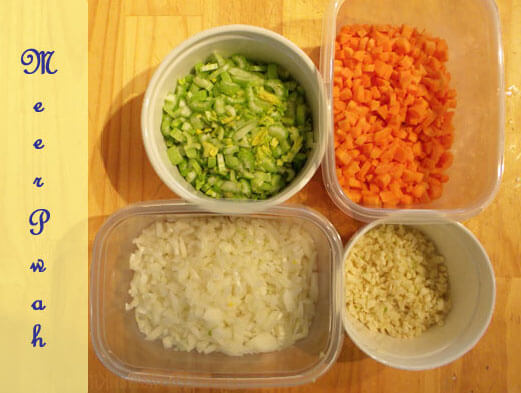
I know, I know…it’s MIREPOIX. That blend of aromatic vegetables, onions, carrots and celery that is used in some form or another in nearly every cuisine in the world. Why? Because stuff just tastes better with it, than without. It’s used with such regularity that no one but culinary school students and regular Top Chef viewers know what the “proper” name is and even they can’t quite agree as to what’s in it.
Add garlic and you have soffritto in Italy (which is technically what I have pictured). In New Orleans, you’d dump the carrots and use bell peppers and call it “trinity.” If you’ve ever made soup or stew from a recipe, the chances are you’ve used mirepoix, but didn’t know (and perhaps didn’t care) that the combination of these ordinary vegetables are responsible for a great deal of the flavor.
The onions, carrots and celery are typically cut in a very small dice in order to quickly impart their flavor into a liquid and to cook all the bits and pieces at the same rate. Fortunately for the humble home chef, it’s not necessary to fuss over the size of the dice. Cut them in a size that works for your final dish and don’t worry about uniformity.
I hope your knife skills are better than mine. I will probably never be very fast, nor will I win any competition for my ability to achieve an 1/8 inch dice. What I do instead is prepare a batch of mirepoix ahead of time and freeze it by the cupful. There are a couple reasons why I do it this way:
Saves time: It doesn’t take that long to peel and chop an onion and peel and chop a carrot and chop a stalk of celery, then saute the whole kit and kaboodle until the onion is translucent and the carrot and celery start to soften. Maybe 15 – 20 minutes, tops?
Unless you’ve just walked into the house after working all day, or your son has to be at practice in an hour a a half. In that case, the prospect of prepping the vegetables just might put you off cooking altogether.
Pull your pre-measured mirepoix from the freezer, dump it in a pot, smash it with a spoon until it breaks up and you’ve given yourself a head start on your meal.
Saves money: You know you’ve done it. You’ve purchased an entire bunch of celery to make tuna salad, pulled a single stalk off, and left the rest to wilt in your refrigerator. It’s probably next to the two pound bag of carrots you were going to cut into sticks to put in your lunch.
Use them instead as a base to make delicious soups, stews and sauces.
The traditional ratio for mirepoix is 2 parts onion, one part carrot and one part celery by volume. I’ll also add a third as much garlic as carrot which messes up the 2:1:1 ratio but makes for a better mixture, in my opinion. Two cups onion, one cup carrot and one cup celery plus six or so cloves of garlic will yield three cups of mirepoix after they’ve cooked down. (This is two medium onions, four or so medium carrots and two stalks of celery. I just eyeball the piles). As mentioned before, your pieces don’t have to be perfect, and a sharp knife will help get the job done efficiently. Choose one large enough to get the job done like an 8″ chef’s knife. (affiliate link)
I’ll saute the vegetables in olive oil as slowly as I can until the onions are translucent and the carrots and celery still have a little crunch left in them. I don’t typically add any seasonings as I can add them later when I’m thawing the mirepoix in the pan. Once the vegetables have softened, remove from the heat and let them cool. Pack them into 1 cup servings (or whatever size works best for your family) and freeze. I’ll typically use the 3 cups of mirepoix within a month.
Now that you know what it’s called, you’ll be surprised how often mirepoix or one of its cousins shows up in everyday cuisine, especially in soups, stews and sauces where they add a richness of flavor.

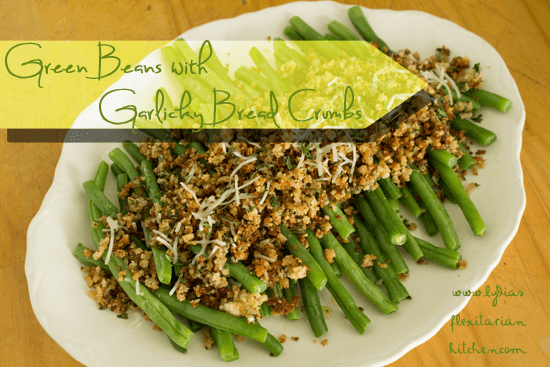
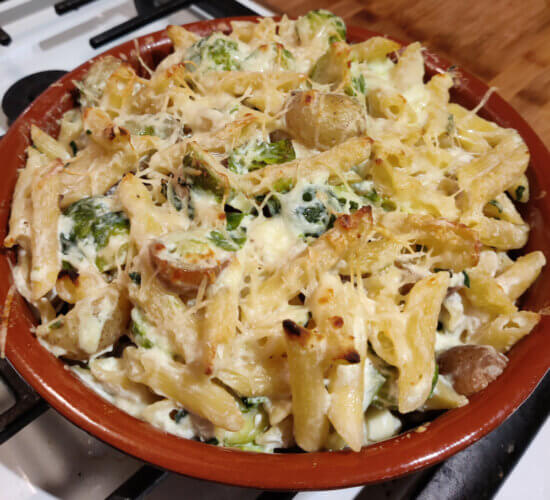
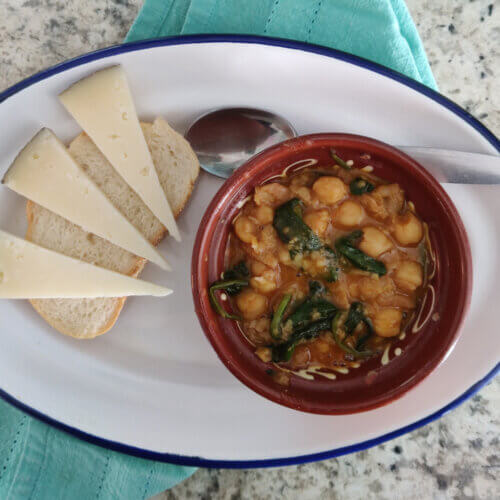
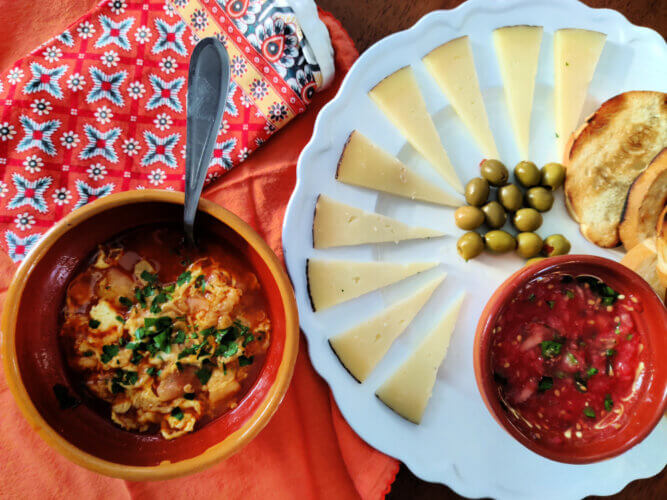
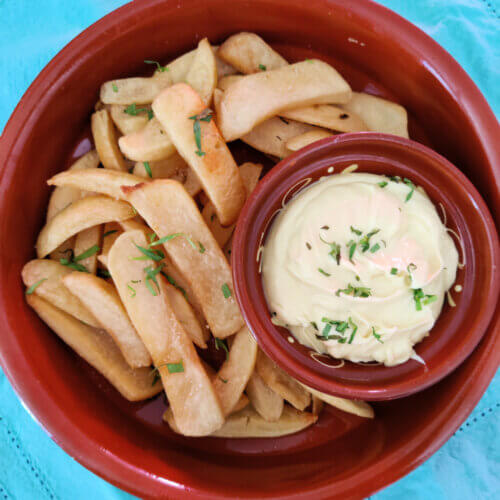
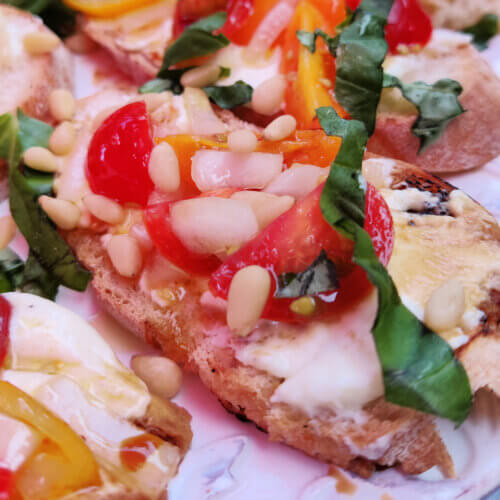
Leave a Reply